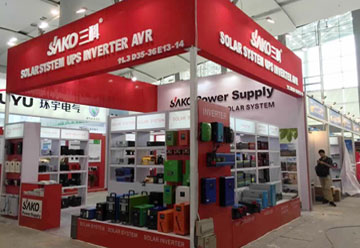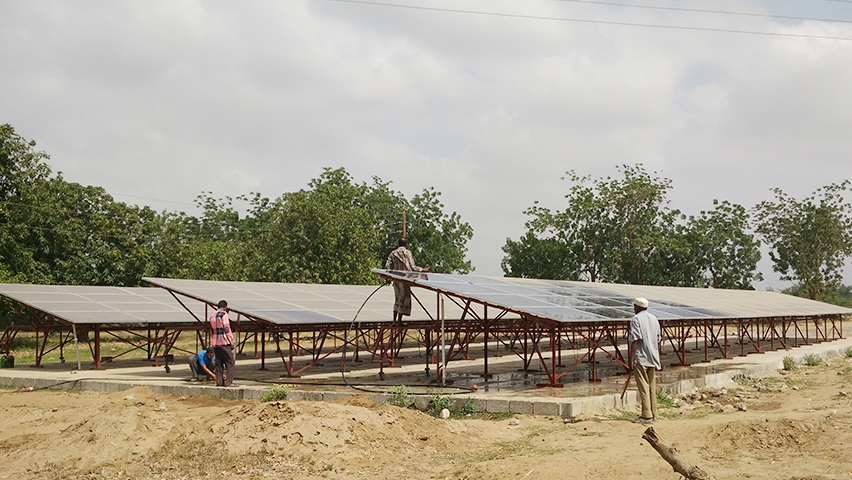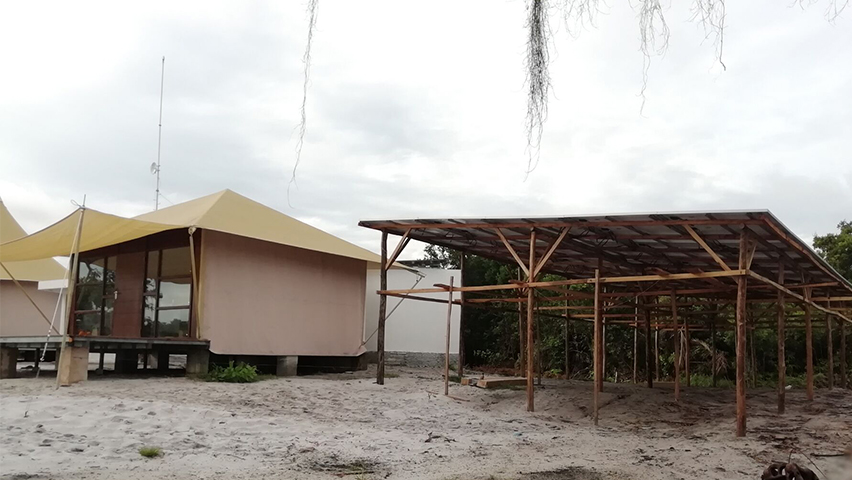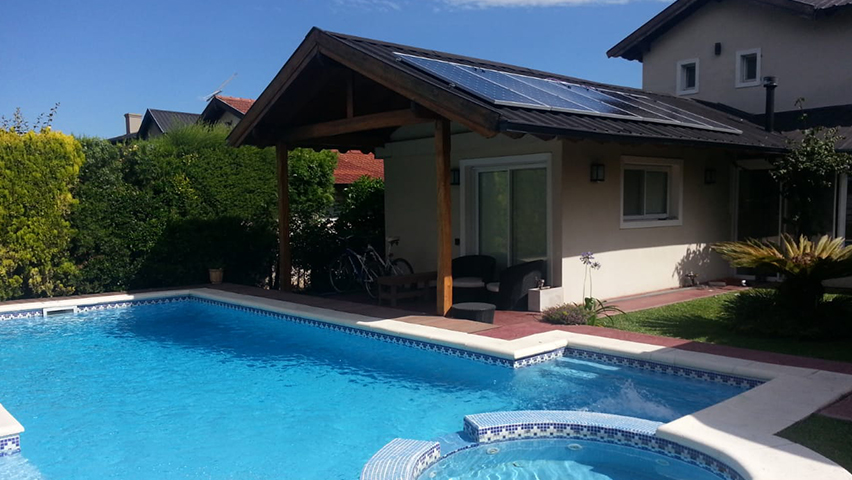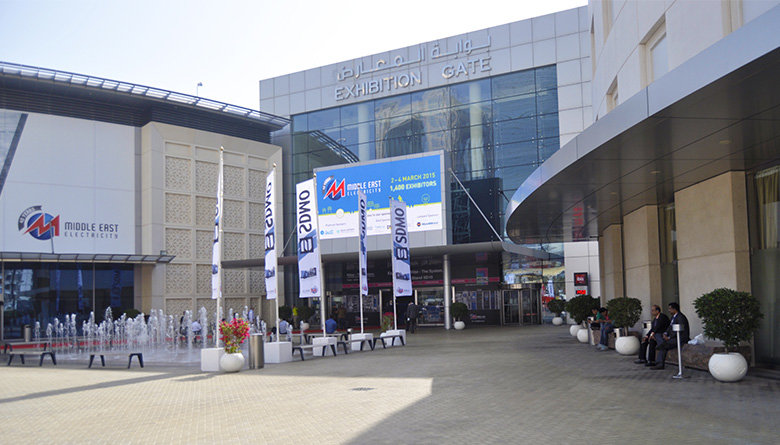This article will introduce PV inverters’ main features and benefits. Readers will also learn how PV inverters contribute to SAKO’s solar product system.

What is a photovoltaic inverter?
A photovoltaic inverter is a device that converts direct current (DC) from solar panels to alternating current (AC). This is done by changing the voltage of the AC mains using an electronic controller.
The most common application of photovoltaic inverters is to power small electronic devices such as laptops and mobile phones from solar panels. Photovoltaic inverters can also power large appliances such as TVs and air conditioners when excess solar energy is available.
Photovoltaic inverters come in all shapes and sizes, but they all have one thing in common: They’re designed to maximize the amount of electricity produced by a solar panel. There are two main types of PV inverters: grid-connected and off-grid. A grid-tied PV inverter connects to the grid and uses electricity to power equipment. Off-grid PV inverters are not connected to the grid but instead rely on solar energy to power themselves.
How does a PV inverter work?
A photovoltaic inverter is a device that helps convert solar energy into electricity. The device consists of several panels, each of which converts light from the sun into an electrical current.
Application of PV Inverter
Solar energy is gaining popularity as an alternative to traditional energy sources. A photovoltaic inverter is a device that helps convert the energy of sunlight into usable electrical energy. Photovoltaic inverters can be found in various applications, from powering small appliances to supplementing large industrial facilities. Here are five of the most popular applications for PV inverters:
- Home Solar System
The popularity of home solar systems has led to a booming PV inverter market. Inverters are essential for converting the high power output of solar panels to low power levels sufficient for home appliances and electronics. Many home solar system suppliers include inverters as part of their package deals, so buyers don’t have to worry about buying them individually.
- Off-grid power systems
Off-grid power systems consist of solar power generation units interconnected to the grid. These systems often generate more power than needed, so the excess is sold back to the grid at a fair price. Some of these systems can be connected to batteries for additional storage and offer attractive off-grid options for homeowners in remote areas. For example, SAKO‘s multiple series of off-grid solar inverters, from SUNON PRO series to SVP 1KW-3KW series, all utilize the functions of photovoltaic inverters flexibly.
- Commercial Building Solar Power System Solar inverter systems are becoming increasingly popular in commercial buildings such as schools, hospitals, and hotels. Their low operating costs make them ideal for high-energy users like these institutions. Inverter technology also allows owners to customize their systems with safety and security features that would not otherwise be possible.
Conclusion
In this article, we discuss the height of photovoltaic inverter applications. It is indispensable whether it is a home grid or an off-grid power system. Therefore, if you are interested in photovoltaic inverters, you can contact SAKO’s customer service center for more information.

